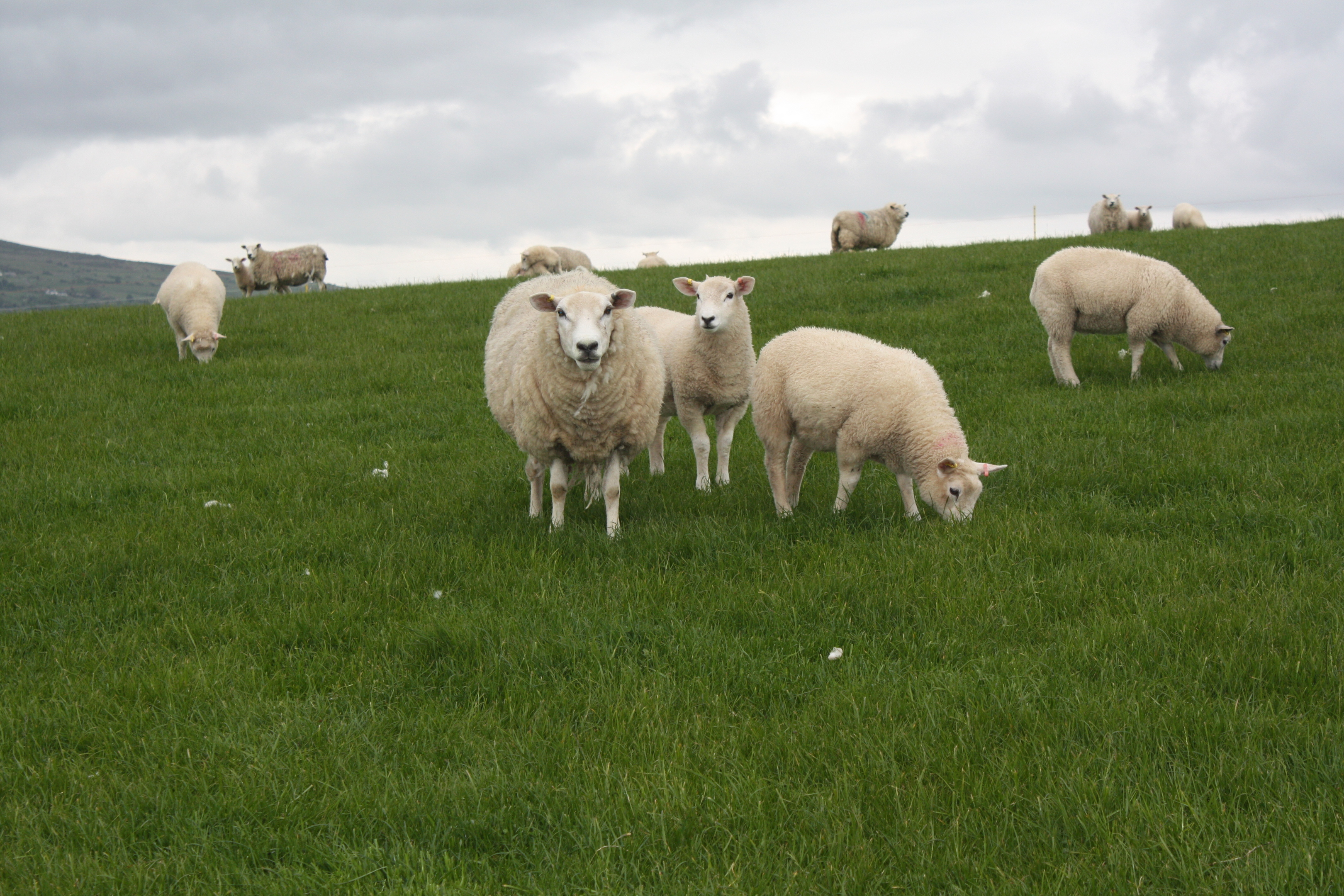Scotland’s main farming organisations have joined forces to write to Farm Minister Richard Lochhead to urgently seek a meeting to discuss the industry’s continuing concerns over weaknesses in the activity requirement for those wishing to claim under the new Basic Payment Scheme (BPS).
It has become increasingly apparent in recent weeks that seasonal lets for grazing land are in many cases mot being made available, leaving those livestock producers who rely on them high and dry. There have been accusations that this is simply creating a new breed of slipper farmer with non-stock keeping farmers and landowners set to claim the BPS.
This would not have been possible had the “active farmer” test relied on robust minimum stocking levels but recent changes have opened up the possibility of BPS being available simply on the basis of environmental assessments being made throughout the year.
Now the Scottish Tenant Farmers Association (STFA), NFU Scotland, the National Sheep Association Scotland and the Scottish Beef Association have jointly responded to calls from members frustrated at not being able to rent seasonal grass or claim for BPS and Less Favoured Area Support Scheme (LFASS) monies.
STFA chairman Christopher Nicholson said: “Seasonal lets represent about 15% of the tenanted sector and the movement of public support payments away from active farmers will have a serious impact on the livestock producers who rely on them.
“There is also growing concern amongst tenants with limited duration tenancies and limited partnerships due to end in the next few years who can see that this behaviour of non-active landowners claiming support payments reduces the chances of non-secure tenants being able to renew viable long term leases for the future.”
He said the tenants body was receiving calls from tenants and owner-occupiers from across Scotland who were facing disruption and uncertainty over the issue.
“The hardest hit are likely to be hill farmers, where increasing support payments provide a strong incentive for non-active landowners to make claims for support. While this is good news to the non-active, it is damaging to the active farming businesses who face the loss of BPS support and LFASS payments, putting at risk fragile hill livestock production,” added Mr Nicholson.
“We would like to discuss with the cabinet secretary ways to build in more robust and stricter activity criteria to ensure that only genuinely active farmers are able to draw down Basic Payment Scheme payments.”
NFU Scotland president Allan Bowie said the new Cap direct support payments should only go to those actively farming the land.
He said: “Support should be there to underpin productive businesses not simply a reward for owning land. As soon as the decision was made in Europe to move away from payments linked to production it meant people who have animals but not control of the land are at risk of losing support payments.
“We will continue to work with the Scottish Government to close the loopholes in the EU regulations that tie support only to land rather than to farming and production.”
There may however be help at hand. In recent days those close to the process have noted how onerous the rules are for preparing the environmental assessments which are an alternative to minimum stocking rates.
There have been reports that preparing such assessments as required four times per year would cost more than the 10 euros (£7.18) per hectare BPS rate likely to be paid on Region 3 hill grazings. In such cases it might make sense for landowners to go back to offer land to graziers, even at no rent, simply to ensure the land carries livestock at or above the minimum stocking density.
